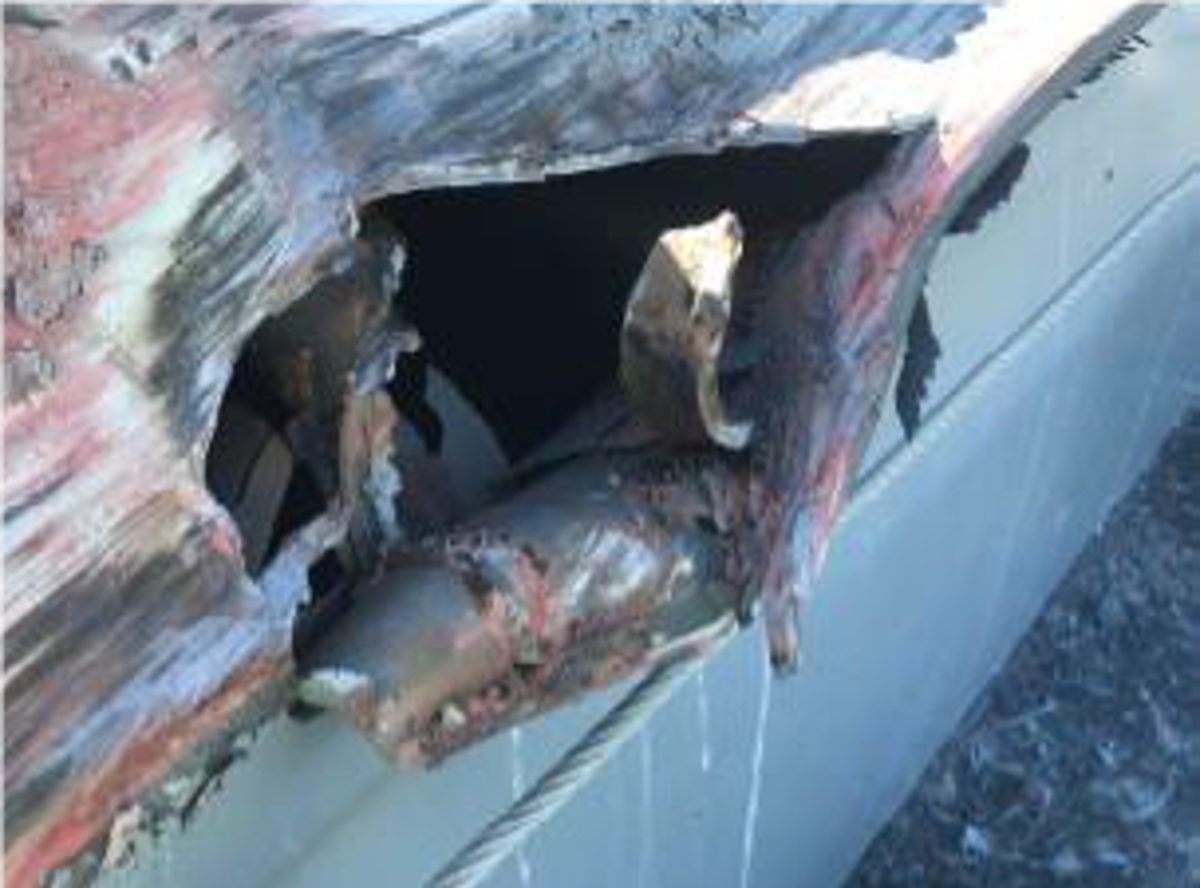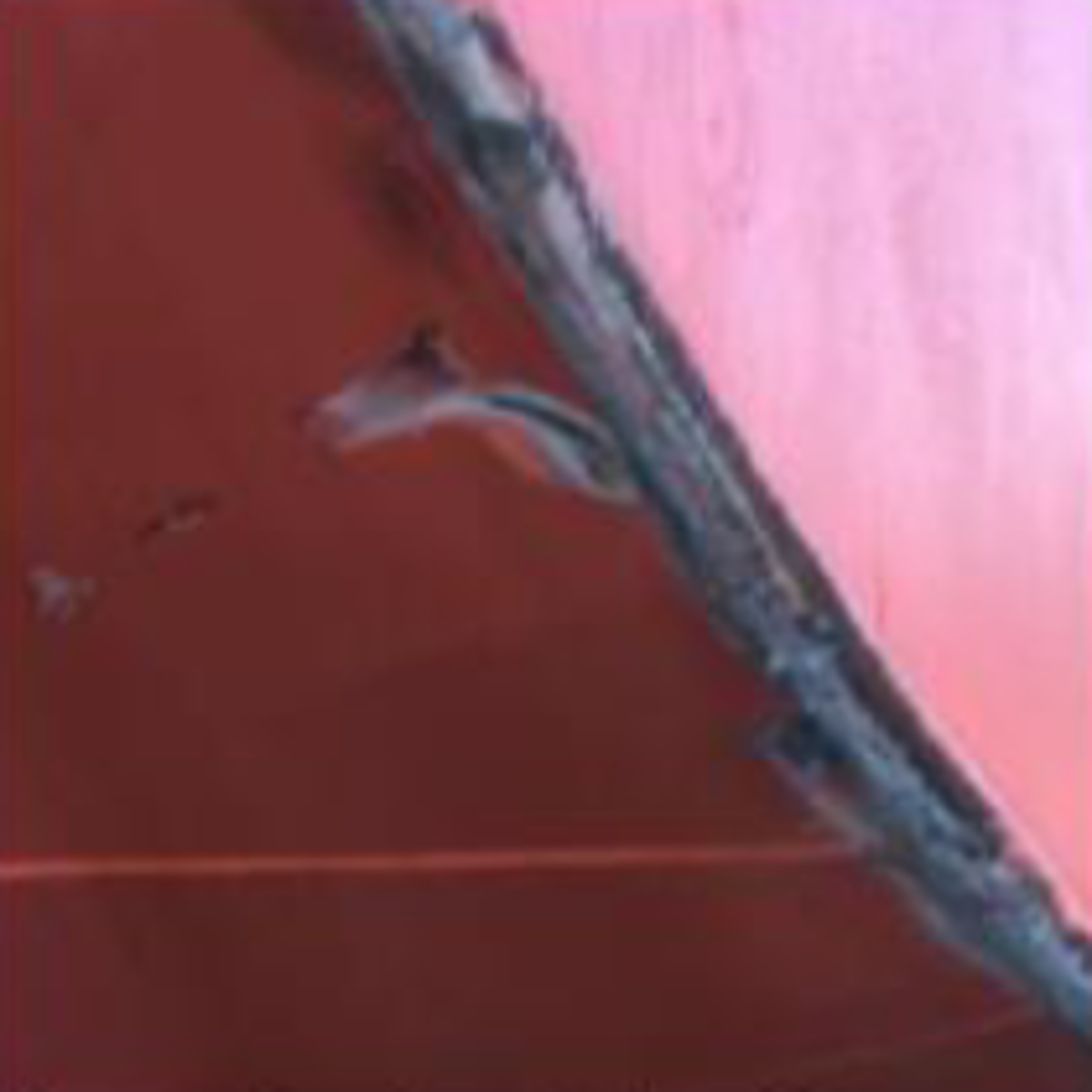Vessel hit moored barge whilst turning
- Safety Flash
- Published on 18 April 2019
- Generated on 15 December 2025
- IMCA SF 07/19
- 2 minute read
Jump to:
Whilst turning in a river port, a vessel collided with a moored barge.
What happened?
The vessel`s port quarter grazed the starboard bow of the barge at around 0.1 knots. Damage to the vessel was not extensive, but the cost of repairing the damage to the barge was estimated to be US$350,000.
The incident occurred when the vessel was required to turn in a smaller turning basin than usual, in which there was a barge moored alongside a terminal within the turning radius of the vessel. The estimated turning area was 290 metres across; the barge was 17 metres wide and the vessel was 244 metres long. This left a very small margin of 29 metres.
What went wrong? What were the causes?
- The vessel turned in a smaller turning basin to save time and avoid traffic whilst a barge was moored alongside an oil terminal present in the vessel’s turning radius. The original plan was to turn in a larger turning basin further up the river.
- The bridge team did not challenge the Pilot`s orders or intervene.
- Risk seen as tolerable: the deviation from the current voyage plan for pilotage waters was based on pilot’s advice only and not properly assessed by the bridge team as it ought to have been.
- Complacency: the vessel crew had turned their vessel here before on several occasions, and had two pilots present on the bridge.
- Inadequate supervision: there was misjudgement of vessel movement, external forces (wind, current) and of the clearance to the barge.
What lessons were learned?
- Better communication with the Pilot and with mooring teams, regarding turning ranges to the shore/bank of the river and other vessels alongside the berth before starting turn.
- Avoid turning where there is only marginally enough room.
- Be more fully aware of vessel manoeuvring characteristics and inform the Pilot accordingly.
Related Safety Flashes
-
IMCA SF 13/14
17 July 2014
-
IMCA SF 11/11
27 October 2011
-
IMCA SF 02/04
1 March 2004
IMCA Safety Flashes summarise key safety matters and incidents, allowing lessons to be more easily learnt for the benefit of the entire offshore industry.
The effectiveness of the IMCA Safety Flash system depends on the industry sharing information and so avoiding repeat incidents. Incidents are classified according to IOGP's Life Saving Rules.
All information is anonymised or sanitised, as appropriate, and warnings for graphic content included where possible.
IMCA makes every effort to ensure both the accuracy and reliability of the information shared, but is not be liable for any guidance and/or recommendation and/or statement herein contained.
The information contained in this document does not fulfil or replace any individual's or Member's legal, regulatory or other duties or obligations in respect of their operations. Individuals and Members remain solely responsible for the safe, lawful and proper conduct of their operations.
Share your safety incidents with IMCA online. Sign-up to receive Safety Flashes straight to your email.


